Home>Gardening & Outdoor>Landscaping Ideas>How To Dig Up Grass And Replant
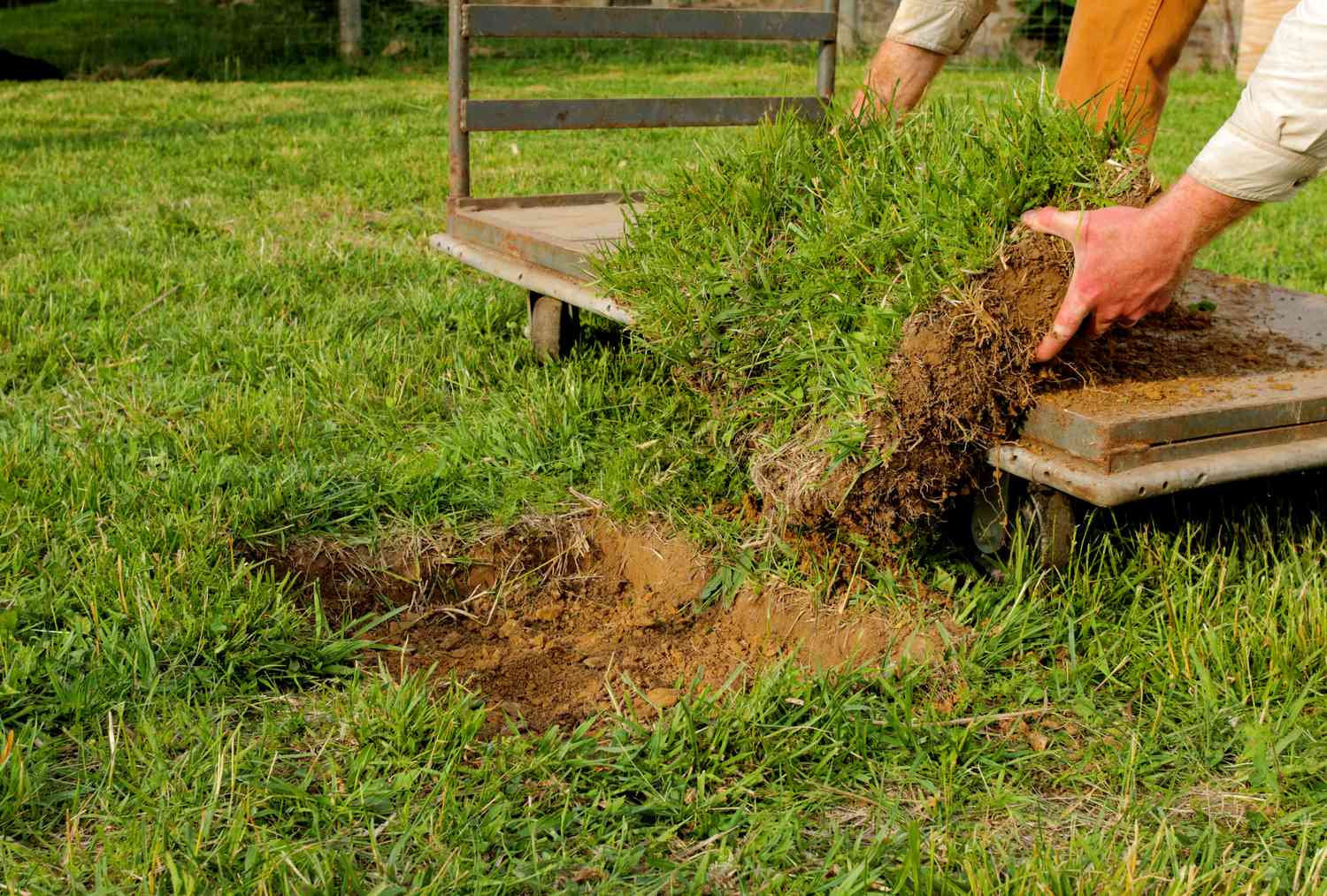

Landscaping Ideas
How To Dig Up Grass And Replant
Modified: August 27, 2024
Learn the best landscaping ideas for digging up grass and replanting to transform your outdoor space. Discover step-by-step tips and techniques for a successful garden makeover.
(Many of the links in this article redirect to a specific reviewed product. Your purchase of these products through affiliate links helps to generate commission for Storables.com, at no extra cost. Learn more)
**
Introduction
**
Are you looking to revamp your outdoor space and breathe new life into your landscaping? One impactful way to achieve this is by digging up grass and replanting it in a different area. Whether you want to create a flower bed, expand your garden, or simply rearrange your lawn, this process can be both rewarding and transformative. By following a few simple steps and investing some effort, you can successfully relocate your grass and enhance the aesthetic appeal of your outdoor environment.
In this guide, we will walk you through the process of digging up grass and replanting it, providing valuable tips and insights to ensure a successful outcome. From preparing the area to caring for the replanted grass, we will cover each essential aspect, empowering you to undertake this project with confidence and skill. So, gather your tools and let's embark on this landscaping journey together!
**
Key Takeaways:
- Revamping your outdoor space by digging up and replanting grass can transform your landscape. Prepare the area, carefully dig up the grass, and provide attentive care for a successful outcome.
- By following the steps in this guide and nurturing the transplanted grass, you can create a refreshed and rejuvenated outdoor environment. Patience, diligence, and ongoing maintenance are key to success.
Read more: How To Dig Up Grass And Lay Gravel
Tools and Materials Needed
**
Before delving into the process of digging up and replanting grass, it’s crucial to gather the necessary tools and materials to facilitate a smooth and efficient workflow. Here’s a comprehensive list of what you’ll need:
Garden Spade: A sturdy garden spade will be your primary tool for cutting through the soil and lifting the grass. Look for one with a sharp, flat edge to make the process more manageable.
Garden Fork: This tool is invaluable for breaking up compacted soil and extracting the grass with minimal damage to the roots.
Tarp or Large Plastic Sheet: You'll need a tarp or a large plastic sheet to place the excavated grass, keeping it intact and preventing soil from scattering across your yard.
Watering Can or Garden Hose: To ensure the transplanted grass receives adequate hydration, have a watering can or garden hose on hand.
Pruning Shears: Trimming the grass before and after replanting can promote healthier growth. Quality pruning shears will help you achieve clean, precise cuts.
Wheelbarrow or Garden Cart: These will be useful for transporting the excavated grass, especially if you're relocating it to a different area of your yard.
Soil Amendments: Depending on the condition of the soil in the new planting area, you may need soil amendments such as compost, peat moss, or organic fertilizer to enhance its quality.
Gloves: Protect your hands with a sturdy pair of gardening gloves, especially when handling the garden spade and fork.
Marker or Flags: If you're replanting the grass in a specific pattern or arrangement, markers or flags can help you plan and visualize the layout effectively.
Measuring Tape: For precise measurements and layout planning, a measuring tape will be indispensable.
New Planting Area Preparation Materials: If you're creating a new planting area, you may need additional materials such as landscape fabric, edging materials, and mulch.
By ensuring you have these tools and materials at your disposal, you’ll set yourself up for a successful grass-digging and replanting endeavor. With everything in place, you can proceed with confidence, knowing that you’re equipped to handle each step of the process effectively.
Step 1: Preparing the Area
Before you begin the process of digging up the grass, it’s essential to prepare the area where the grass will be transplanted. This involves assessing the new planting site, clearing the area, and making any necessary adjustments to ensure optimal growing conditions for the grass. Here’s a detailed guide on how to prepare the area:
Assess the New Planting Site: Take a close look at the new area where you plan to replant the grass. Consider factors such as sunlight exposure, soil quality, and drainage. Ensure that the location receives adequate sunlight for the type of grass you’re transplanting and that the soil is well-draining to prevent waterlogging.
Clear the Area: Remove any existing vegetation, debris, or obstacles from the new planting site. This may involve pulling out weeds, clearing rocks or roots, and leveling the ground to create a smooth, even surface for the transplanted grass.
Soil Preparation: If the soil in the new planting area is compacted or of poor quality, consider loosening it with a garden fork and incorporating organic matter such as compost or peat moss to improve its texture and fertility. This will create a welcoming environment for the transplanted grass to establish healthy roots.
Layout Planning: If you have a specific design or pattern in mind for the replanted grass, use markers or flags to outline the layout. This will help you visualize the arrangement and ensure that the grass is transplanted according to your desired aesthetic or functional plan.
Watering the Soil: Before proceeding with the grass transplantation, thoroughly water the prepared soil to ensure that it’s moist and ready to receive the transplanted grass. Adequate soil moisture will support the initial growth and establishment of the relocated grass.
By diligently preparing the new planting area, you set the stage for a successful transition of the grass to its new home. This thoughtful preparation not only promotes the health and vitality of the transplanted grass but also contributes to the overall visual appeal and functionality of your outdoor space.
Step 2: Digging Up the Grass
With the new planting area prepared, it’s time to embark on the process of digging up the grass from its current location. This step requires careful precision and attention to detail to ensure that the grass is extracted with its roots intact, setting the stage for successful transplantation. Here’s a comprehensive guide on how to effectively dig up the grass:
Marking the Digging Area: Begin by outlining the section of the lawn or garden from which you intend to remove the grass. This can be done using markers, string, or any other visual indicators to define the boundaries of the digging area.
Trimming the Grass: Before digging, use pruning shears to trim the grass to a manageable height. This not only facilitates the digging process but also encourages new growth after transplantation, as the grass expends less energy in re-establishing itself.
Cutting and Lifting: Utilize a garden spade to carefully cut through the turf along the marked boundaries. Insert the spade into the soil, cutting through the grass and roots, and lift the sections of turf using the spade and a garden fork. Take care to lift the grass with as much soil attached to the roots as possible.
Transporting the Excavated Grass: Once the grass sections are lifted, place them on a tarp or a large plastic sheet to keep the soil and roots intact. If you’re relocating the grass to a different area of your yard, use a wheelbarrow or garden cart to transport the excavated grass to its new location.
Soil Inspection: As you lift the grass, inspect the soil to ensure that the roots are intact and that the soil adhering to the roots is sufficient to support the grass during transplantation. If necessary, gently shake off excess soil to facilitate the replanting process.
Revisiting the New Planting Area: Once the grass is excavated, revisit the prepared planting area to ensure that everything is in place for the transplantation process. Make any final adjustments to the soil moisture and layout before proceeding with the replanting.
By meticulously following these steps, you can effectively and carefully dig up the grass, preserving its root system and ensuring a successful transition to its new location. This conscientious approach sets the stage for the next crucial step: replanting the grass in its new home.
When digging up grass to replant, use a sharp shovel to cut through the roots and lift the grass in small sections. Be sure to water the new location well after replanting to help the grass establish itself.
Step 3: Replanting the Grass
With the grass successfully excavated, it’s time to focus on the pivotal step of replanting it in the designated area. This process involves delicately transferring the grass sections to their new location, ensuring proper alignment and soil integration to facilitate healthy regrowth. Here’s a comprehensive guide on how to effectively replant the grass:
Transferring the Grass: Carefully transport the excavated grass sections to the prepared planting area, ensuring minimal disruption to the roots and soil. If you’re relocating the grass within your yard, use a wheelbarrow or garden cart for smooth transportation.
Arranging the Grass: Place the grass sections in the designated spots within the new planting area, aligning them according to your desired layout or pattern. Take care to maintain consistent spacing between the sections for a uniform and visually appealing result.
Soil Integration: Gently press down on the transplanted grass sections to ensure good soil contact and eliminate air pockets around the roots. This promotes stability and encourages the establishment of healthy root systems in the new location.
Watering the Transplanted Grass: After replanting the grass, thoroughly water the entire area to provide essential moisture for the transplanted sections. Ensure that the soil is adequately moist but not waterlogged, facilitating the initial growth and acclimatization of the grass to its new environment.
Post-Planting Care: Monitor the transplanted grass regularly and provide supplemental watering as needed to support its establishment. Keep foot traffic and heavy objects off the newly replanted area to allow the grass to take root undisturbed.
Observation and Adjustment: Over the following weeks, observe the transplanted grass for signs of growth and vitality. If necessary, make adjustments to the watering schedule, and address any areas that may require additional attention to ensure the successful establishment of the replanted grass.
By meticulously following these steps, you can effectively replant the grass, fostering its adaptation to the new environment and promoting healthy regrowth. This marks a significant milestone in the process of relocating and rejuvenating your outdoor space, setting the stage for the final step: caring for the replanted grass to ensure its long-term health and vibrancy.
Read more: Why Do Crows Dig Up Grass
Step 4: Caring for the Replanted Grass
Once the grass has been successfully replanted, it’s crucial to provide attentive care to support its establishment and promote healthy growth in its new environment. Caring for the replanted grass involves ongoing maintenance, monitoring, and nurturing to ensure its long-term vitality. Here’s a comprehensive guide on how to effectively care for the replanted grass:
Watering Schedule: Establish a regular watering schedule for the transplanted grass, ensuring that it receives adequate moisture without being waterlogged. During the initial weeks, frequent, light watering may be necessary to support root establishment and acclimatization.
Monitoring Growth: Regularly observe the replanted grass for signs of new growth, including the emergence of fresh blades and increased density. This indicates that the grass is successfully adapting to its new location and establishing a robust root system.
Fertilization: After the transplanted grass has had time to establish itself, consider applying a high-quality lawn fertilizer to promote vigorous growth and enhance the overall health of the grass. Choose a fertilizer specifically formulated for the type of grass you’ve replanted.
Protection from Stressors: Minimize foot traffic and other sources of stress on the replanted grass, especially during the initial phase of establishment. Avoid heavy objects or equipment on the newly replanted area to allow the grass to take root undisturbed.
Weed Control: Keep the replanted area free of weeds and invasive vegetation that can compete with the transplanted grass for nutrients and space. Regularly inspect the area and promptly remove any unwanted growth to maintain the health and vigor of the grass.
Mowing and Trimming: Once the replanted grass has established itself and shown significant growth, you can gradually resume mowing and trimming. Ensure that the mower blades are sharp and set to an appropriate height to avoid stressing the newly established grass.
Seasonal Care: Adjust your care routine according to seasonal changes, providing additional protection during extreme weather conditions and adapting the watering and maintenance schedule to accommodate the evolving needs of the grass throughout the year.
By diligently following these care guidelines, you can nurture the replanted grass and contribute to its long-term health and vibrancy. This ongoing care and attention are essential for ensuring that the grass thrives in its new environment, ultimately contributing to the beauty and functionality of your outdoor space.
Conclusion
Congratulations on successfully completing the process of digging up grass and replanting it in a new area! By following the steps outlined in this guide and providing attentive care to the transplanted grass, you’ve taken a significant step towards transforming and revitalizing your outdoor space. As the grass takes root and flourishes in its new environment, you can look forward to enjoying a refreshed and rejuvenated landscape that reflects your vision and creativity.
It’s important to remember that the process of digging up and replanting grass requires patience, diligence, and ongoing maintenance. By carefully preparing the area, delicately excavating the grass, and providing nurturing care, you’ve set the stage for the successful establishment and growth of the transplanted grass. As you observe the rejuvenated area and witness the grass thriving in its new home, take pride in the effort and dedication you’ve invested in this transformative landscaping project.
Furthermore, the knowledge and skills you’ve gained from this experience can be applied to future landscaping endeavors, empowering you to undertake similar projects with confidence and expertise. Whether you’re creating new garden beds, expanding your lawn, or reimagining your outdoor space, the principles and techniques you’ve employed in this process will serve as valuable assets in your landscaping endeavors.
As you continue to care for the replanted grass and nurture its growth, take the time to appreciate the evolving beauty of your outdoor environment. Whether you’re creating a lush green sanctuary, a vibrant garden, or a functional landscape, the process of digging up and replanting grass serves as a testament to your commitment to enhancing and enriching your surroundings.
With a blend of creativity, knowledge, and hands-on effort, you’ve embarked on a journey that has the potential to yield a lasting and visually stunning transformation. Embrace the joy of witnessing the transplanted grass thrive and contribute to the overall allure of your outdoor space, knowing that your dedication has played a pivotal role in shaping its newfound beauty.
Frequently Asked Questions about How To Dig Up Grass And Replant
Was this page helpful?
At Storables.com, we guarantee accurate and reliable information. Our content, validated by Expert Board Contributors, is crafted following stringent Editorial Policies. We're committed to providing you with well-researched, expert-backed insights for all your informational needs.
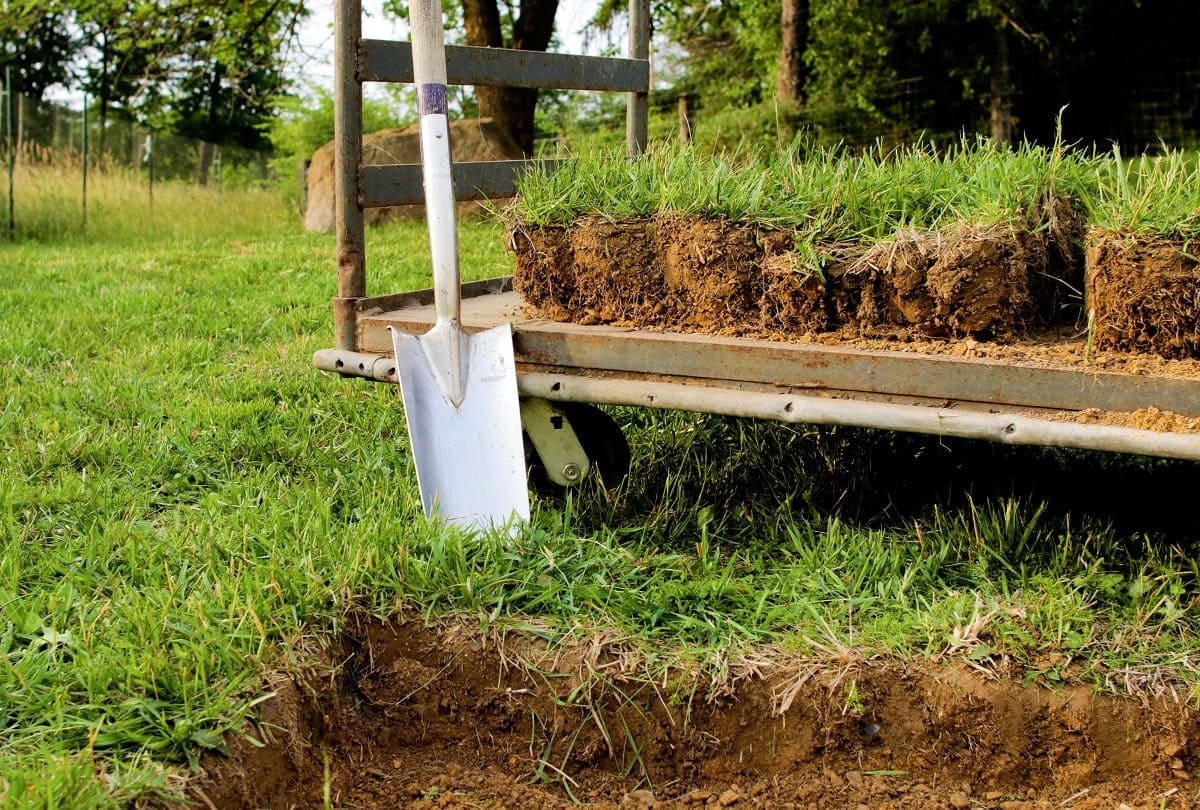
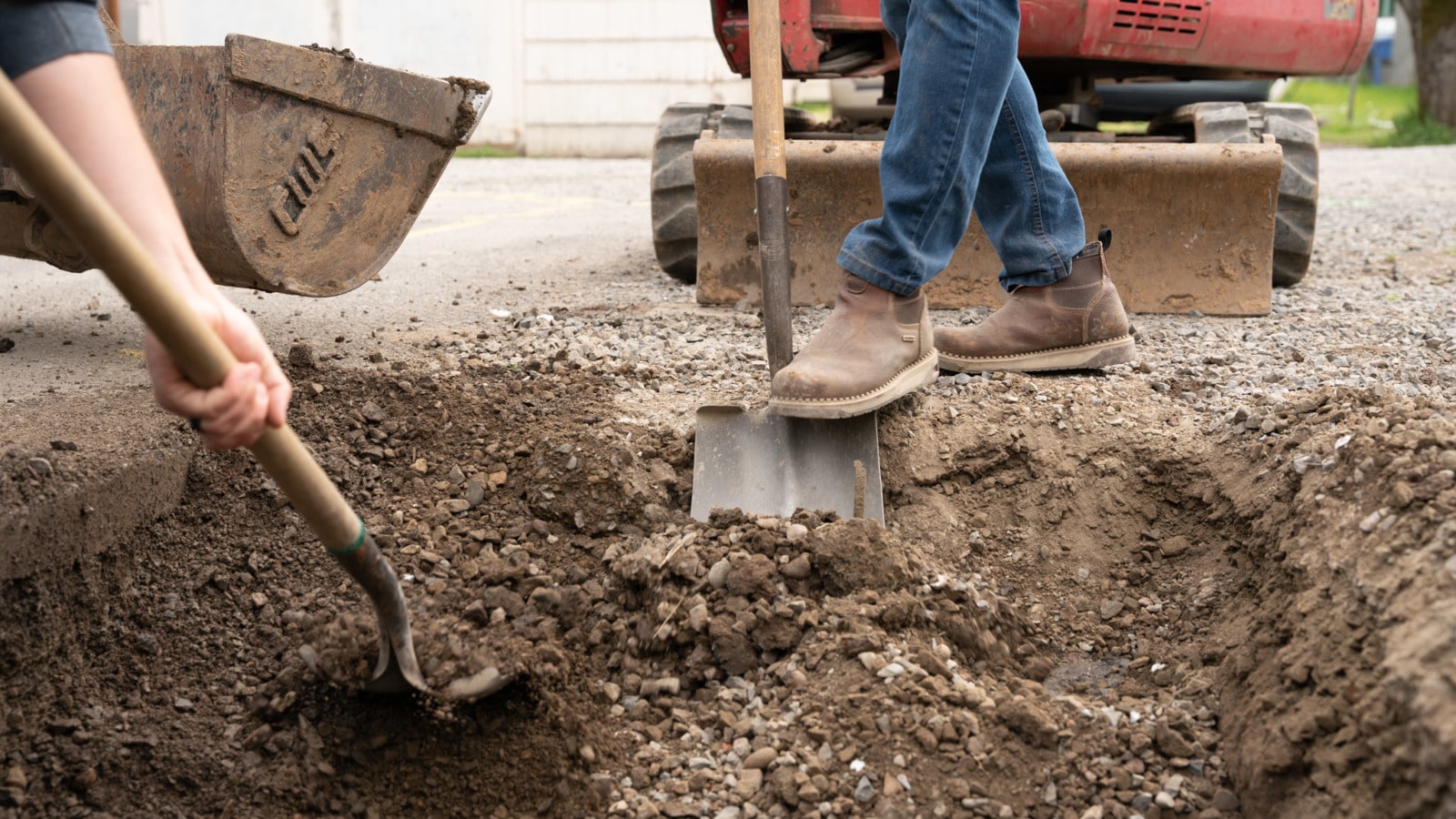
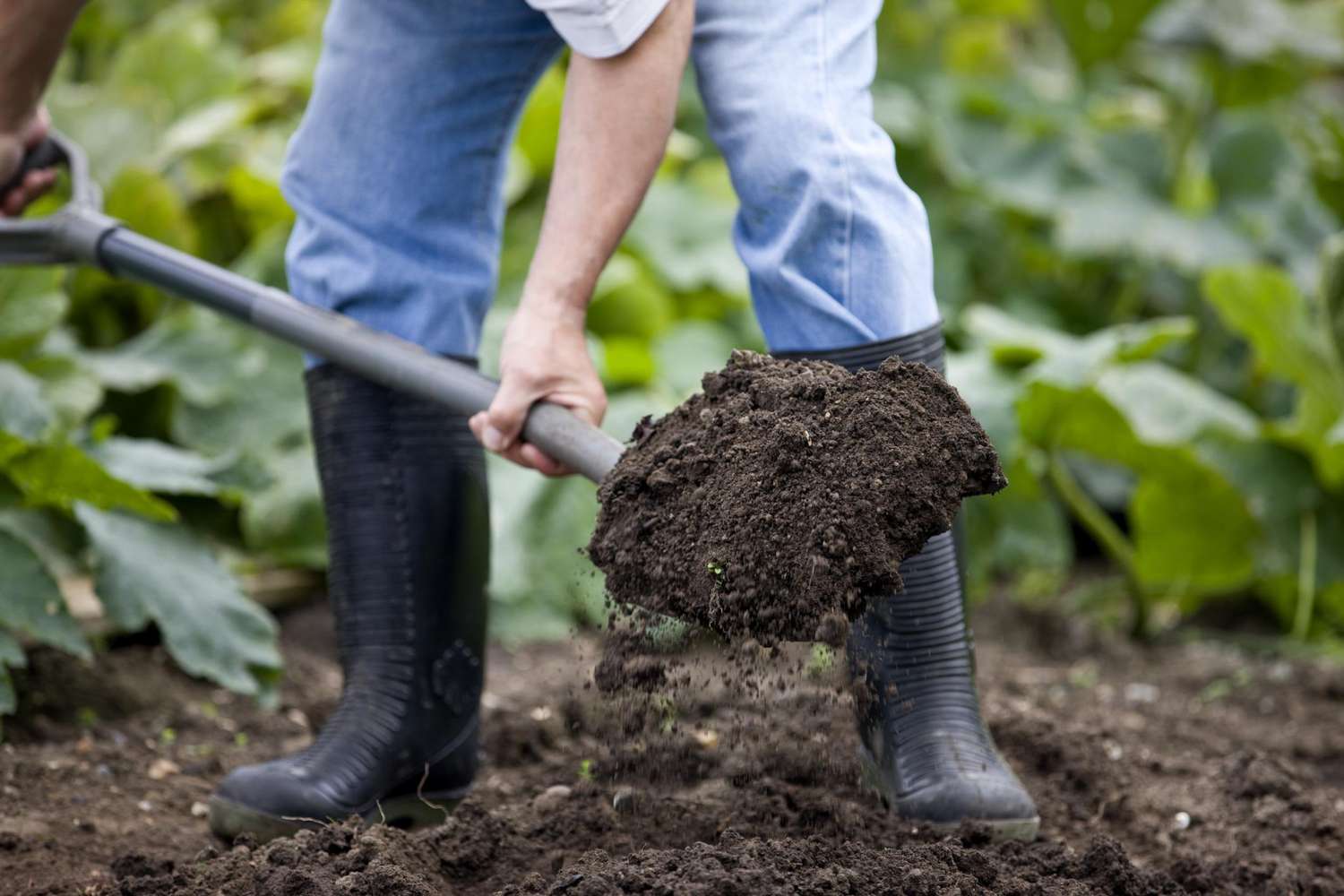
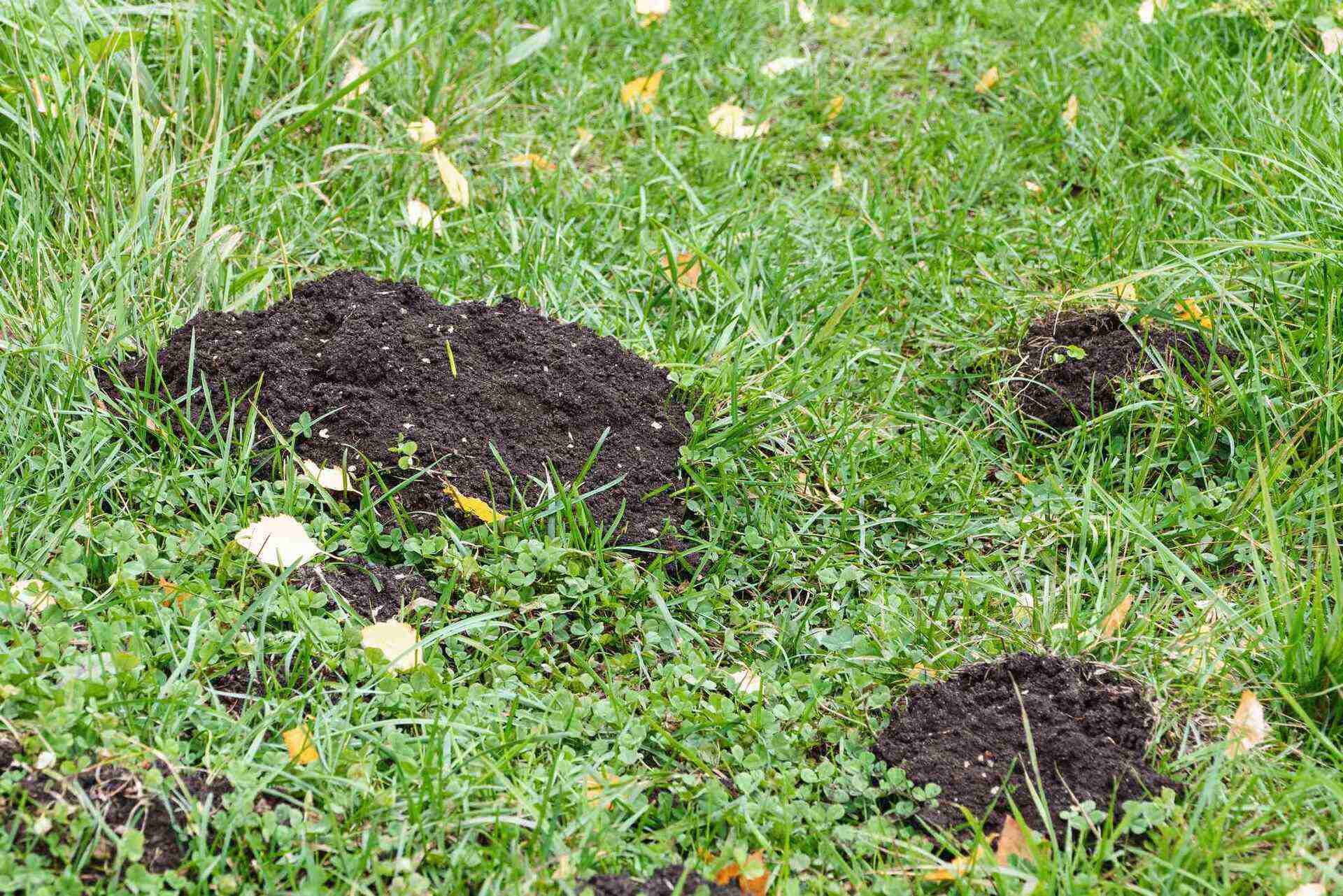

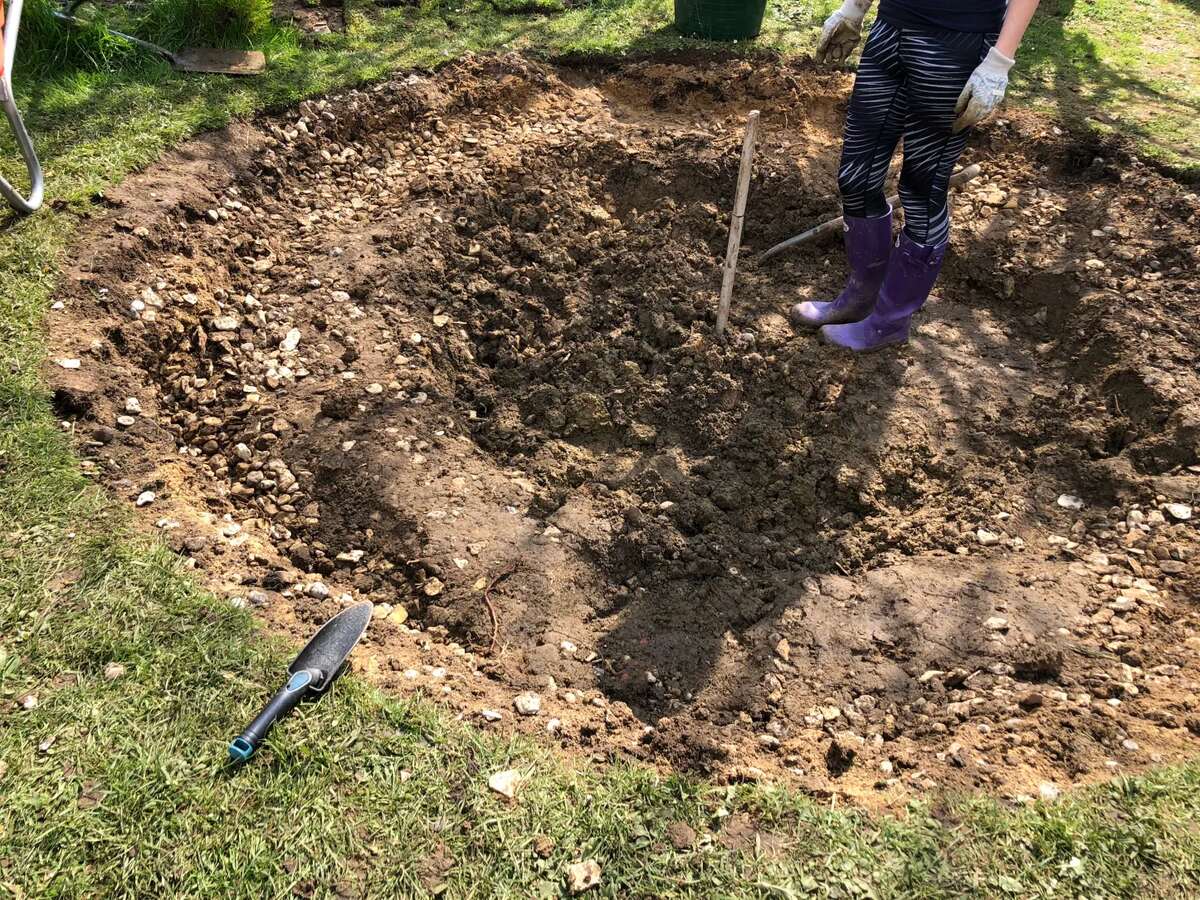
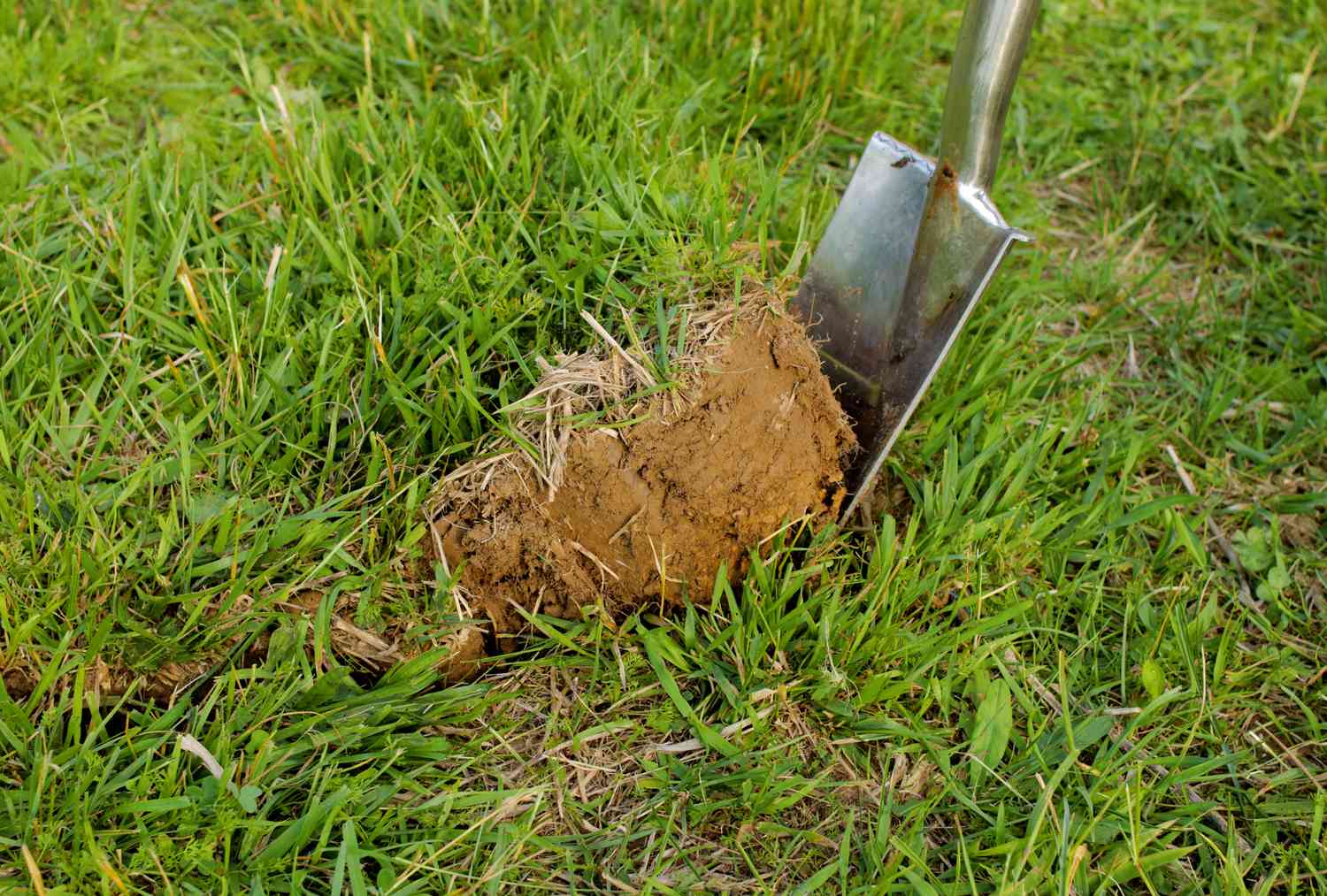
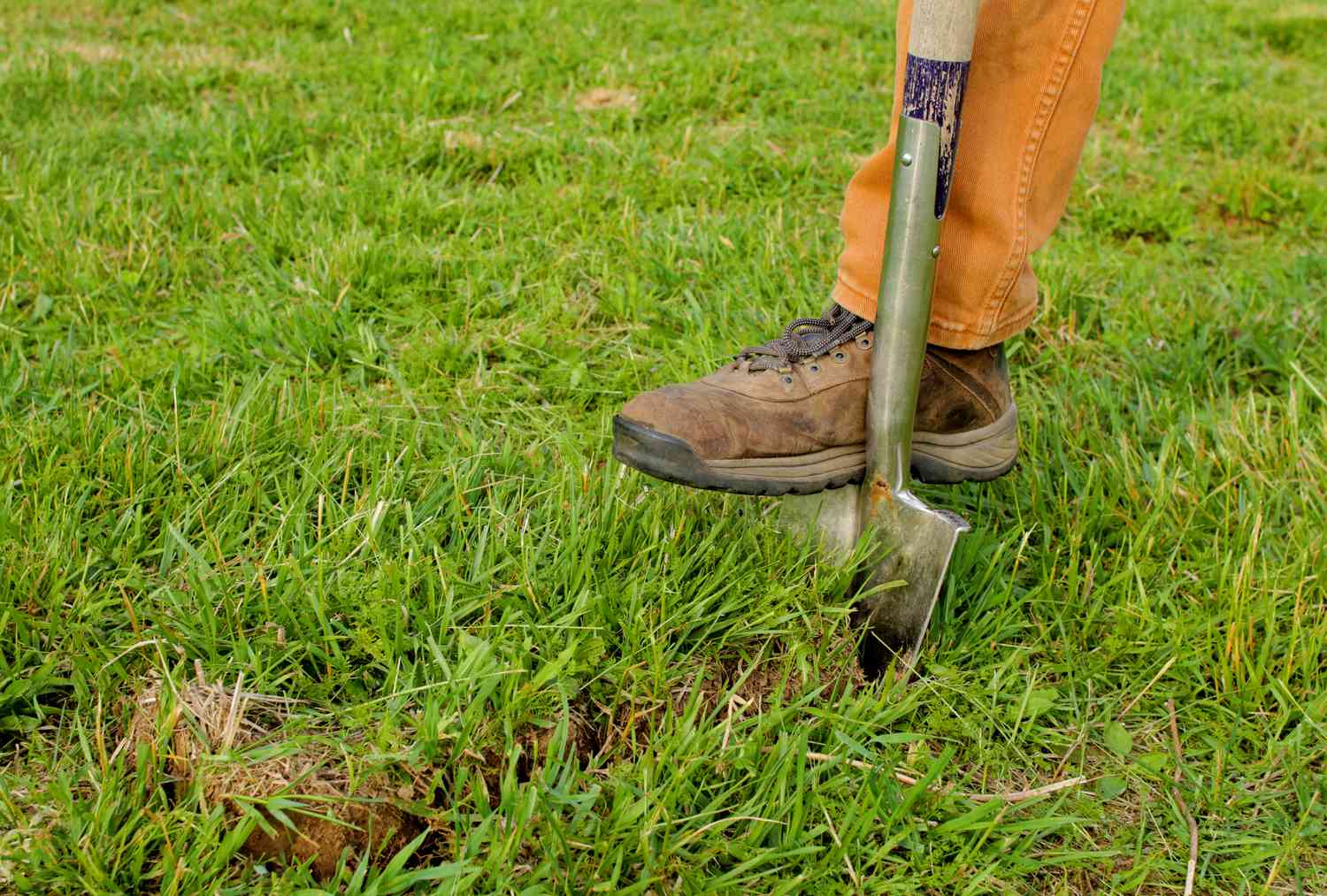


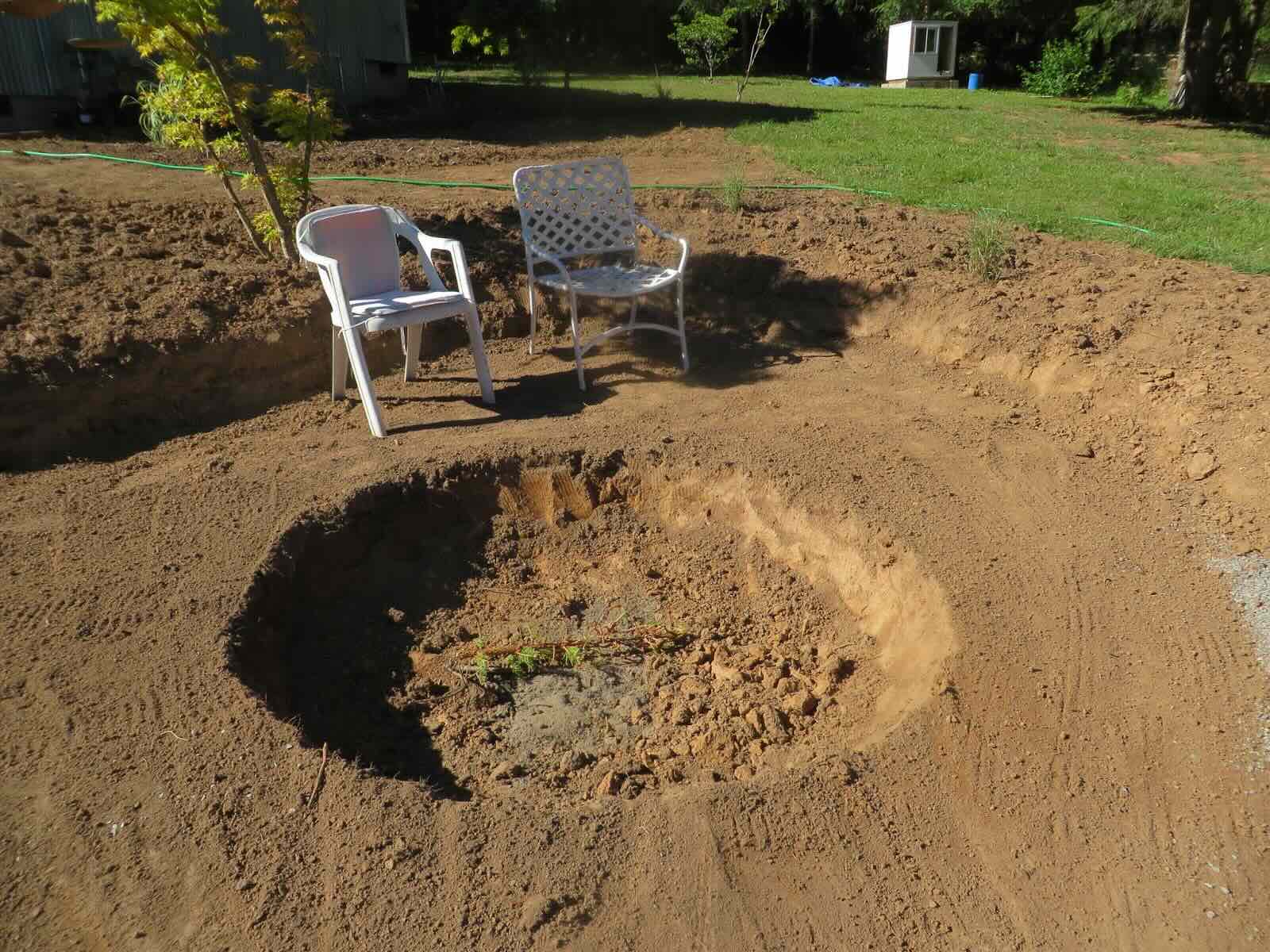
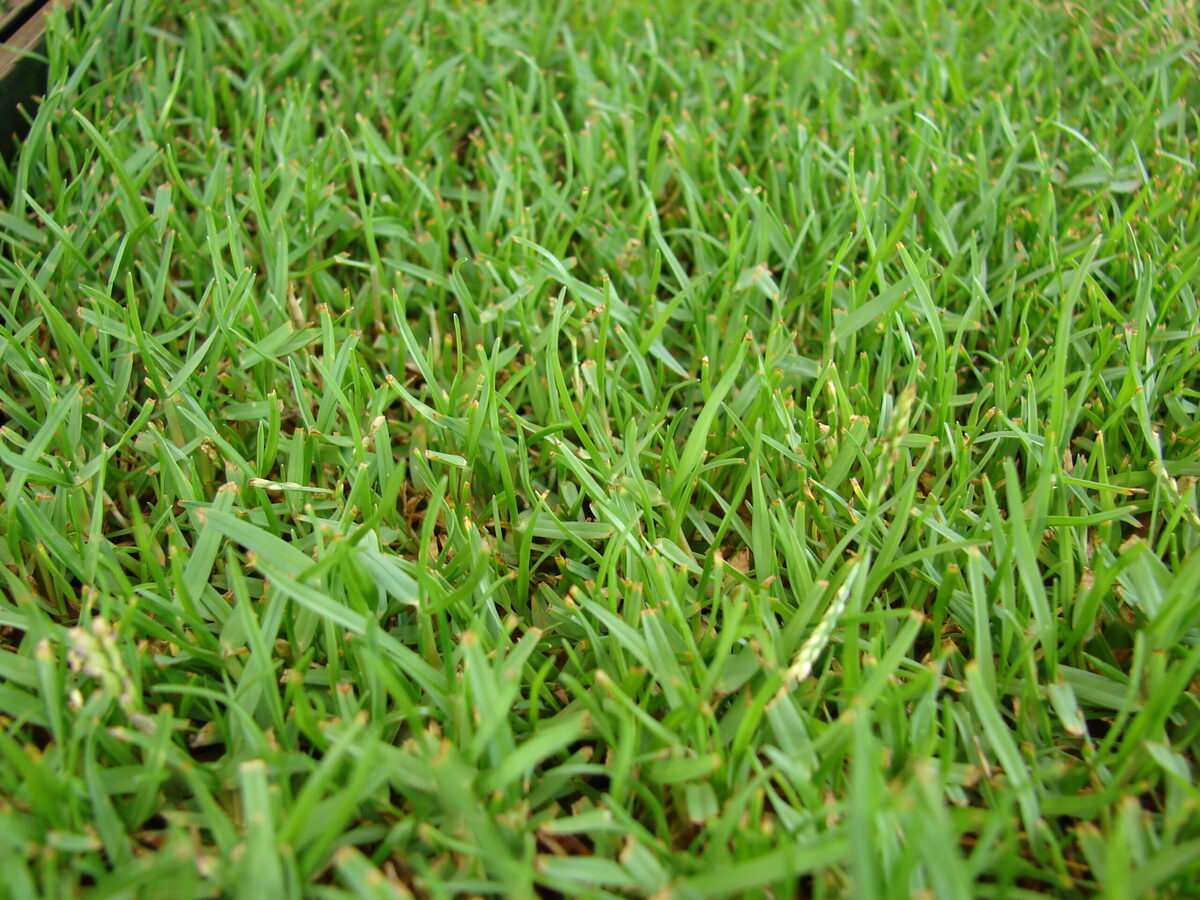
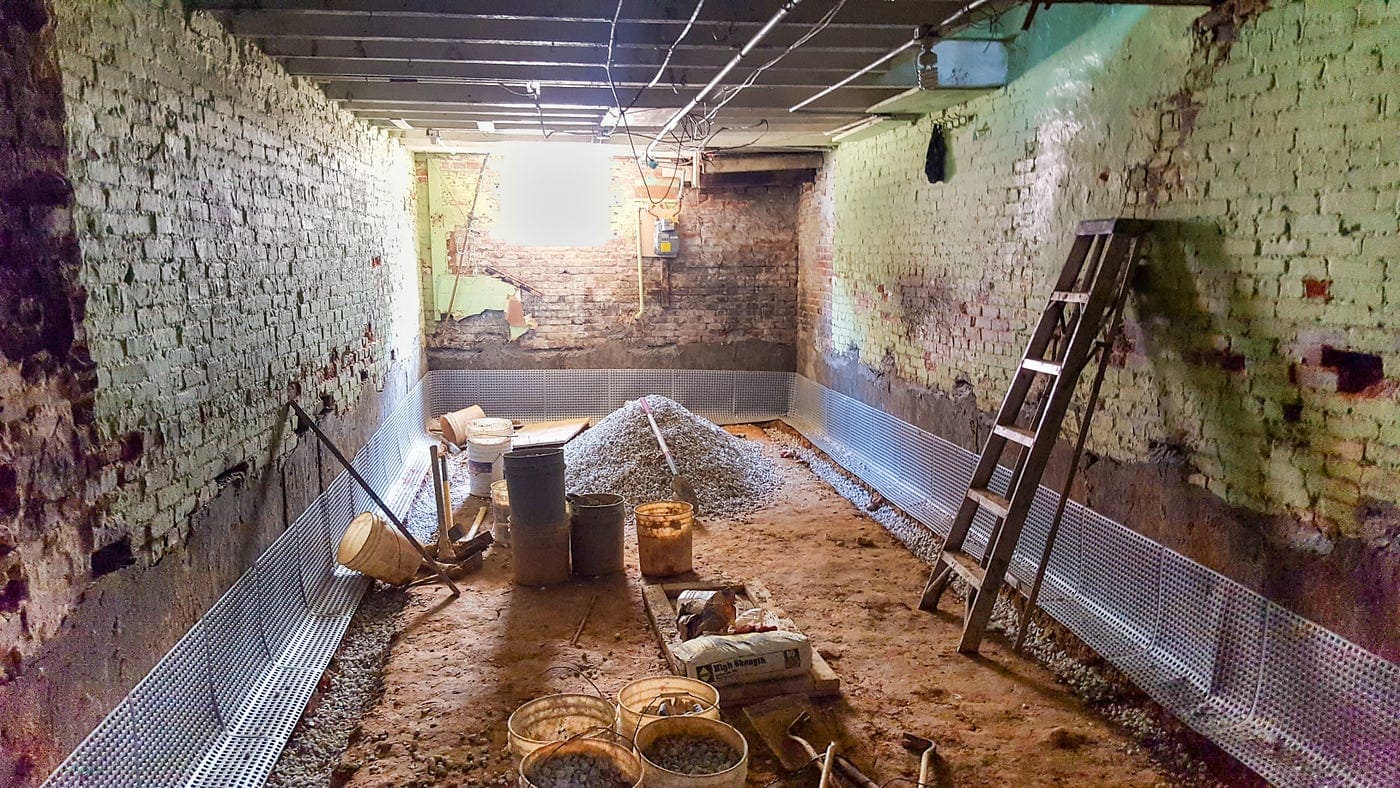
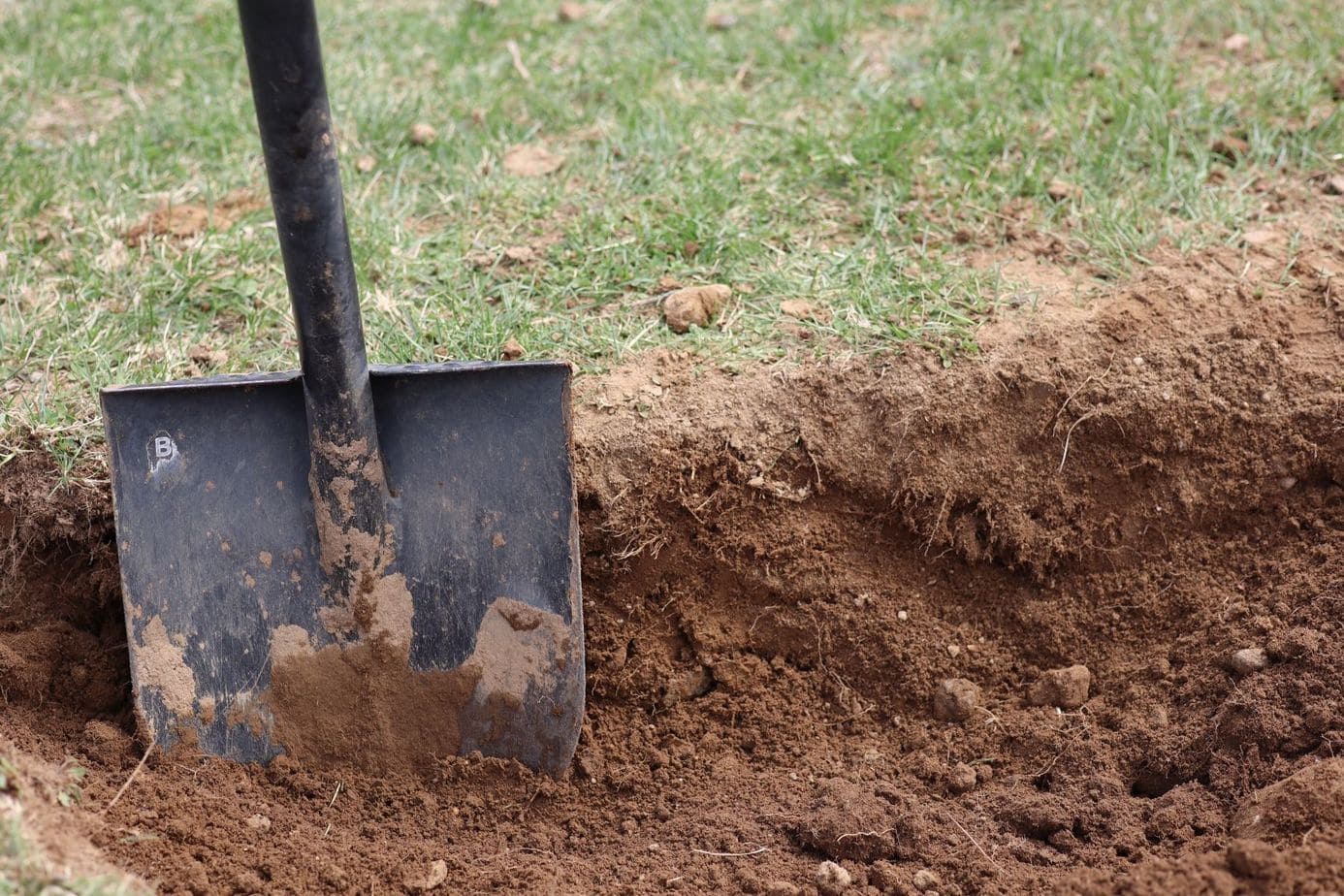

0 thoughts on “How To Dig Up Grass And Replant”